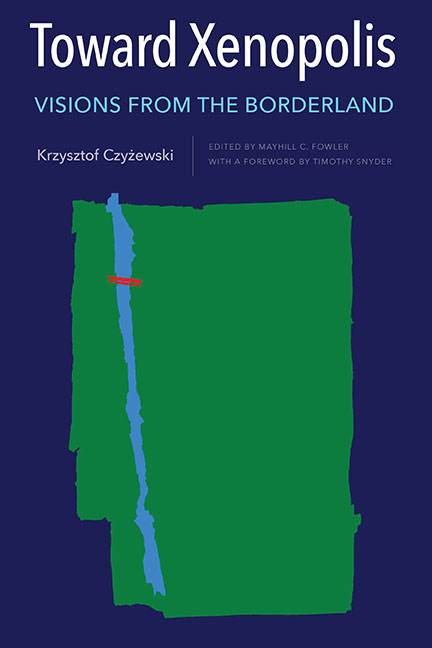Between Timișoara and Târgu Mureș
Published online by Cambridge University Press: 16 July 2022
Summary
In the memorable autumn of 1989, in a Banat town called by some Timişoara, by others Temesvár, Romanians and Hungarians stood side by side in protest against the Ceauşescu regime, thereby initiating a coup in Romania. Nobody mentioned national minorities. There was talk only of democratic opposition, of local residents, or of Romanian citizens. A few months later, in March 1990, in a town in the neighboring region of Transylvania, called by some Târgu Mureş and by others Marosvásárhely, Romanians and Hungarians stood facing each other, full of hatred. Hostilities began. There were fatalities. Then everything went back to normal in Romania—national minorities began to close their ranks as they had been taught to do throughout the past century; they started to create national parties, they continued to fight for national universities, they fought for national “windows” in the mass media, they expected help from the capital, from the “motherland,” from the League of Nations—oh, excuse me, the Council of Europe, of course… .
These two events in the contemporary history of Romania are symbolic for the course of events in the whole of Central and Eastern Europe after 1989. The “norm” that followed after Târgu Mureş became common in all postcommunist countries. Sometimes it was established by armed conflict, as in the case of the former Yugoslavia; sometimes by bloody but sporadic and small-scale local conflicts, as in Transylvania; and sometimes by small but endless incidents in Silesia, Spiš, Bukovina, Vilnius, Przemyśl, Komarno… . Above all, however, the domination of the Târgu Mureş “model” was determined by the fact that common consciousness accepted this “norm” as obvious and natural, and accepted the notion that there was no other that could take its place. National communities, especially national minorities, have dug into their positions and set about defending their own particular interests. New dividing lines have been added to existing ones. Timişoara, on the other hand, symbolizes the chance we had for a short moment in this crucial period, the chance to implement a different scenario of events, based on civic attitudes, liberated from the fences of national egoism, ready to build together on the basis of the full potential of our closest neighborhood and our multicultural traditions.
- Type
- Chapter
- Information
- Toward XenopolisVisions from the Borderland, pp. 93 - 99Publisher: Boydell & BrewerPrint publication year: 2022



